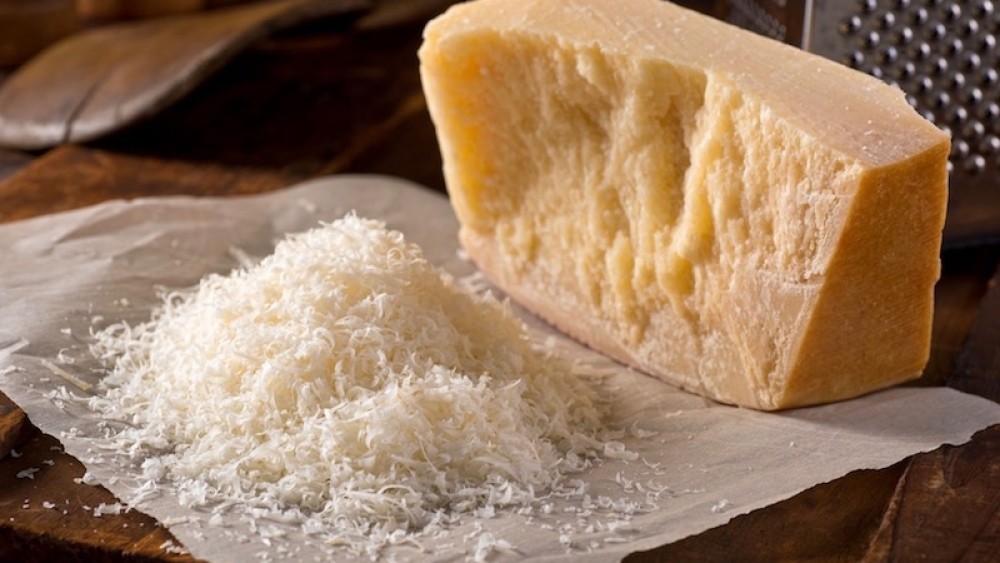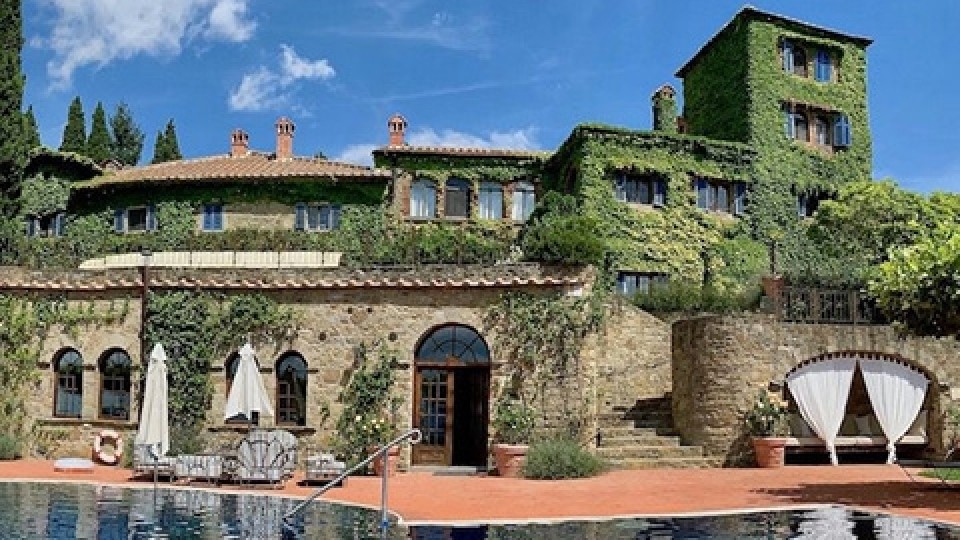Find out why Parmigiano Reggiano is called The King Of Cheese
January 23, 2017

Read what makes it so special and how it's produced and more cheesy facts in this blog. Learn to cook at Tuscookany using Parmesan cheese in many Italian dishes
Parmigiano Reggiano is undoubtedly one of the most famous products in the Italian cheese universe. It is extremely appreciated abroad, it has earned a Godlike status in Italy and it is also one of the most imitated cheeses on Earth. Honestly, sometimes it gets very confusing. The copycats are too many and very few people know the difference between Parmigiano Reggiano and Grana Padano. So, don’t feel bad if you are not sure which one is which: you are not alone! The best way to blow away every little trace of doubt is to trust your taste buds: if you let his majesty the Parmigiano enter your house and conquer your senses, you will not be able to forget it… or replace it.
A Practical Delight
Few cheeses can boast of such a long history (most likely over one thousand years) and count on so many virtues. Everything started with the Benedictine monks, who famously focused on agriculture as one of their daily activities. They reclaimed vast swamps in the great Po Valley and assigned large areas to be left to pasture. These lands were truly extensive. Suffice it to say that 500 litres of milk were needed to produce only 30 kilograms of cheese. Considering a wheel of Parmigiano weighs between 30 and 40 kg, you need 500 kg of milk to produce one. So… why the hell did they do it?!
The monks discovered that by skimming and heating the milk several times at fixed temperatures it is possible to obtain a very dry product, minimizing the water and therefore making it easy to keep for very long periods of time. It was the possibility to preserve the quality of the milk for years that made the process worthwhile. Once again, as it has often happened, a piece of (cheesy) culinary art is the result of a very practical need, which in this case is preservation.
Love Is All Around It
This cheesy wonder is accepted even by the strictest norms dictated by the most authoritative nutritionists: it is rich in vitamins and minerals, it contains an enormous amount of proteins... And for those who believe that umami is only a feature of Eastern foods, it is important to know that Mr. Reggiano is one of the products with the highest level of umami: that’s right, Parmigiano-san!
The great Parmesan, like they call it in English, can also count on admirers from all backgrounds. Resounding examples are those of Molière, who late in life survived nearly exclusively eating Reggiano and demanded a piece of it on his deathbed, and Napoleon, who loved it combined with green beans. It was also mentioned in the Decameron of Giovanni Boccaccio and by Emile Zola.
Managing The Confusion
Let us face the confusion then. Have you ever asked yourself why the Grana Padano looks the same but costs so much less? Which one should you choose for your risotto or pasta? These are the questions that Tuscookany can help you answer on your cooking classes in Tuscany. It is important to know that the Parmigiano Reggiano has a much more complex and strong taste when compared to the Padano. Its notes enfold a combination of salty and spicy waves and deep tones, with an herbaceous background. The Grana is softer and buttery. If the protagonist or one of the main actors of your plate is the cheese, the Reggiano is certainly the right choice. However, if you simply need to add creaminess to your composition, it is better to opt for the Grana.
As for the substantial differences between the two, here they are:
• Parmesan cheese is only produced in specific provinces in Emilia Romagna while the Grana is made in various regions.
• The cows that produce the milk needed for the Parmigiano are exclusively grass-fed, a restriction that does not exist in the production of the Padano.
• Parmesan cheese can only be manufactured with animal rennet while the Grana can also be made with vegetable or microbial products.
• Preservatives are prohibited in the production of Mr. Reggiano.
• Despite the buttery flavor, the Grana contains less fat than the real Parmesan cheese.
• The Reggiano must be aged at least 12 months while the Padano can be labeled as such after 9 months.
My Grandma Used To Say…
My grandmother used to say: the Grana is delicious, but the Parmesan is much more than a cheese, it is like comparing a good donkey to a thoroughbred. Not everyone would agree, they both are delicious dairy products with a flavour that justifies the great notoriety. This said, if you are looking for the perfect purest cheesy ecstasy, the Parmigiano is simply a certainty.
Please share your thoughts about Parmigiano? We’d love to hear from you in the comments below, or share our post with your friends?

Interested in our cooking courses at one of our Tuscan villas?
Do you want to enjoy our Tuscany cooking classes with plenty of time to explore in your free time, all while staying in an amazing villa?
Reviews
How our guests experienced the Tuscookany courses
Reviews from our former guests made about their visit to Tuscookany on TripAdvisor, facebook, Twitter, Google, Chow and Yelp.





